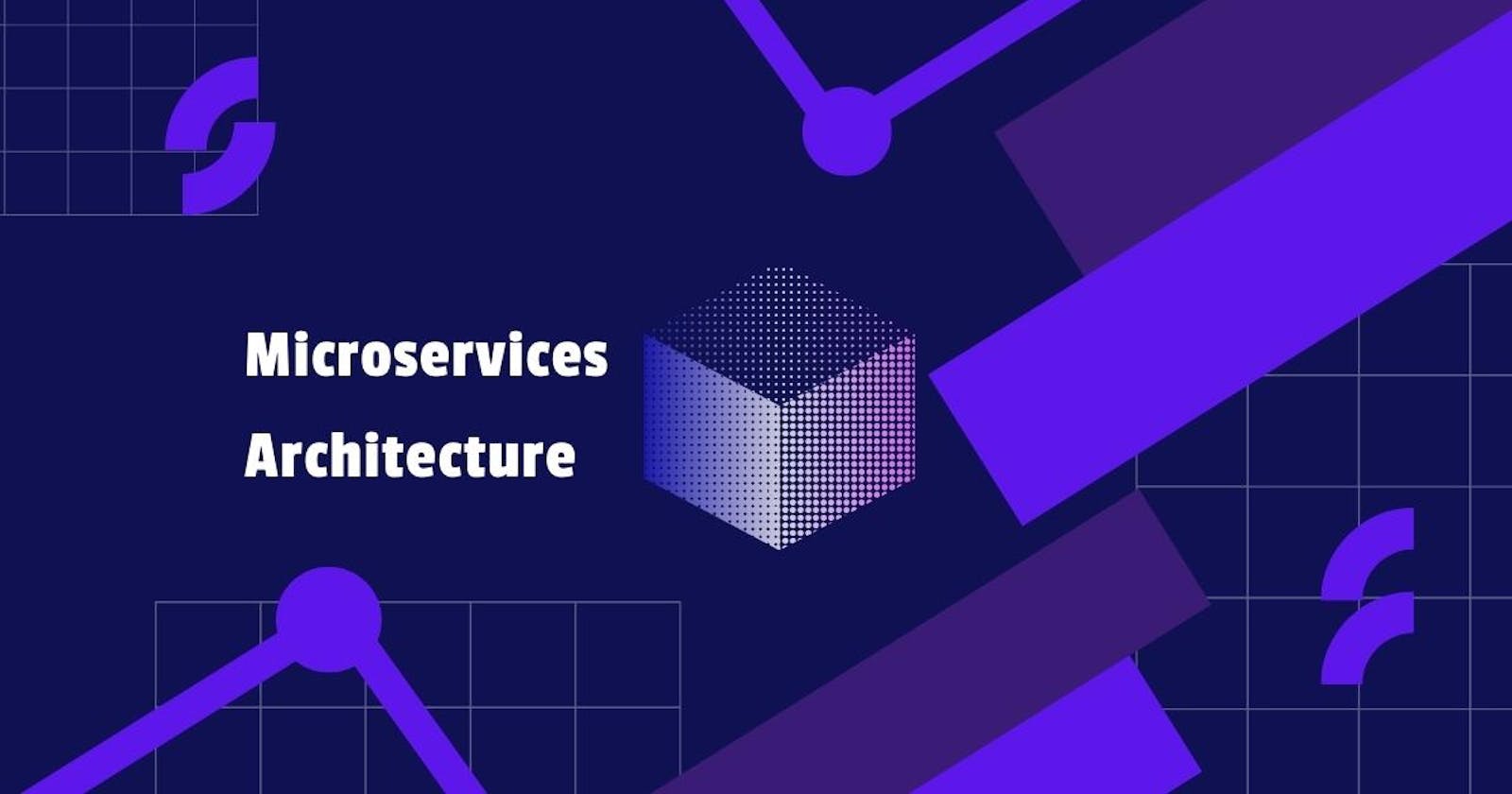Introduction
Microservices architecture is a software design pattern that structures an application as a collection of small, independent services. Each service runs a unique process and communicates with other services through lightweight mechanisms, often an API.
We talked before about Building Microservices Architecture with ASP.Net Core
When to use Microservices Architecture
There is no one-size-fits-all answer to this question, as the decision to use microservices depends on several factors, including the size and complexity of the application, the development team's expertise, and the desired scalability and agility. However, the following are general guidelines for when to use microservices:
1. Large and Complex Applications
Applications that are large and complex can benefit from microservices because it allows them to break down into smaller, more manageable parts. Each service can be developed, tested, and deployed independently, making it easier to maintain and scale the application as needed.
2. Agile Development Teams
Microservices allow for multiple development teams to work on different parts of an application simultaneously, without affecting each other's work. This is especially useful for agile development teams that are focused on delivering value quickly and iteratively.
3. Scalability
Microservices are designed to be scalable, so they can be easily deployed on multiple servers and added or removed as needed. This makes it easier to meet the demands of an increasing user base and handle sudden spikes in traffic.
4. Independent Deployment
Microservices can be deployed independently, which means that changes to one service do not affect the rest of the application. This makes it possible to deploy new features or fix bugs without having to take the entire application offline.
Examples of Microservices in Action
Here are some real-world examples of microservices in action:
1. Netflix
Netflix uses microservices to stream video content to millions of users every day. The company has broken down its application into more than 700 individual microservices, each responsible for a specific task, such as video encoding, recommendation algorithms, or user authentication.
2. Amazon
Amazon uses microservices to power its e-commerce platform and many other services, such as Amazon Prime, Amazon Web Services, and Alexa. The company has divided its application into multiple microservices, each responsible for a specific task, such as product search, customer reviews, or checkout.
3. Uber
Uber uses microservices to power its ride-hailing platform. The company has divided its application into multiple microservices, each responsible for a specific task, such as mapping, payment processing, or driver matching.
Conclusion
Microservices architecture can offer many benefits for large and complex applications, agile development teams, and those looking for scalability and independent deployment. By breaking down an application into smaller, more manageable parts, microservices make it easier to maintain and scale the application, as well as deploy new features or fix bugs without affecting the entire application.
